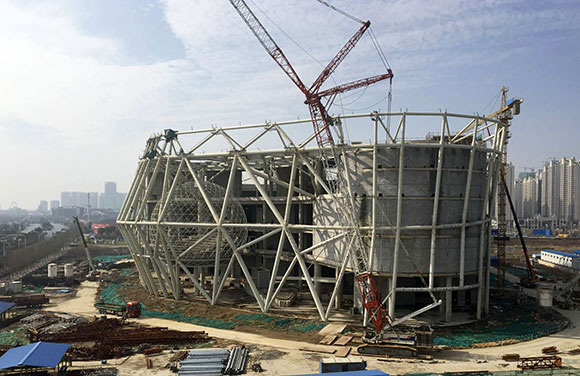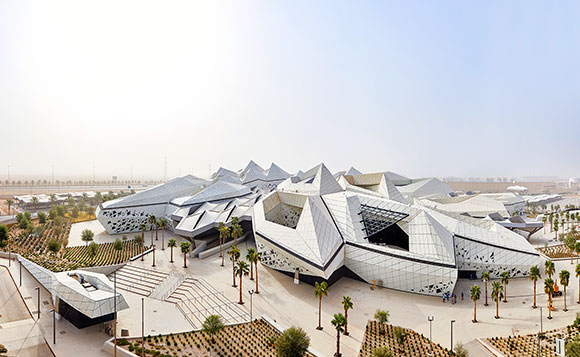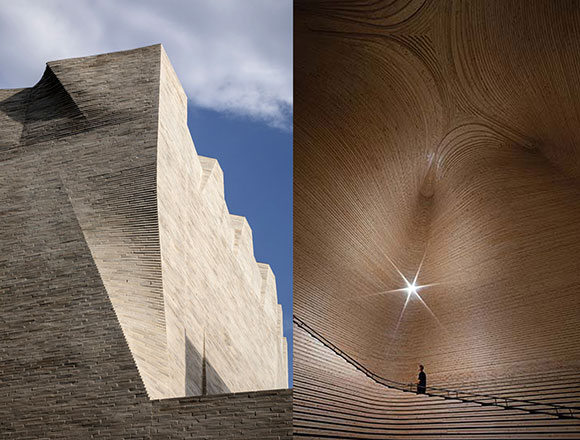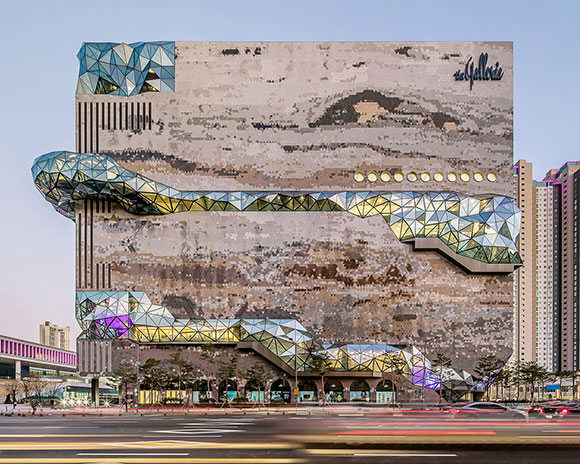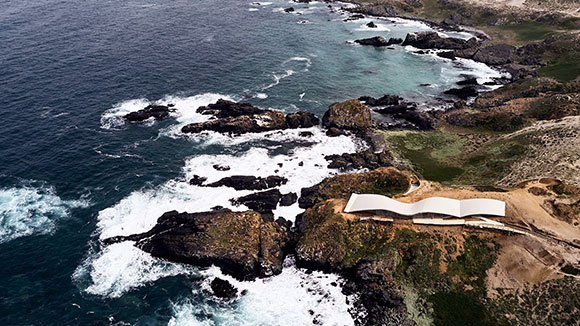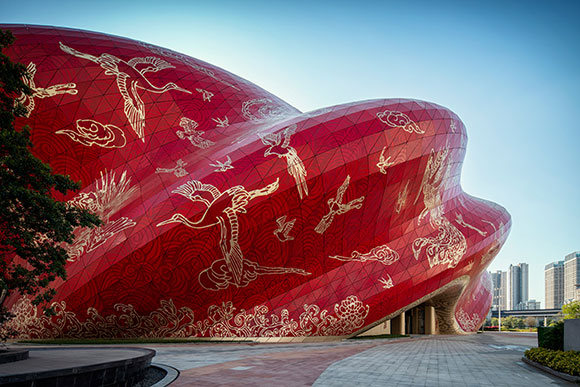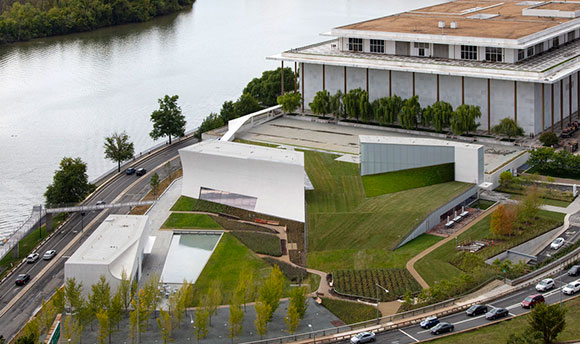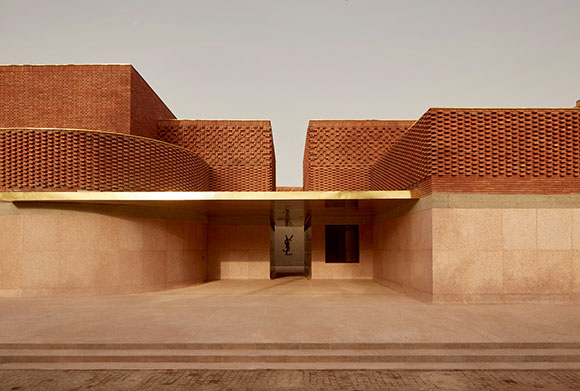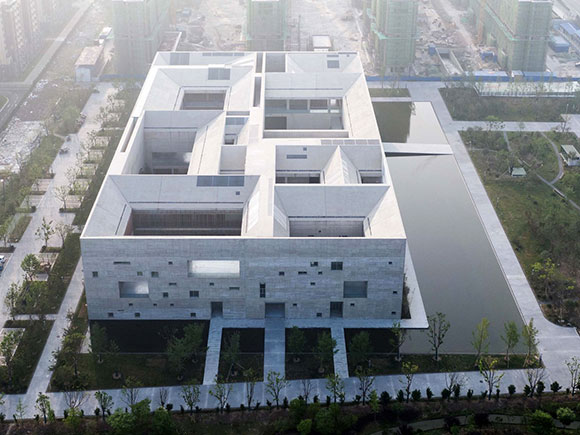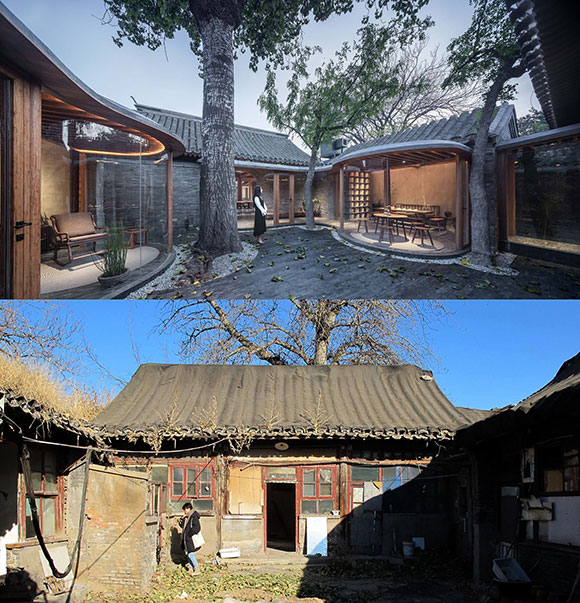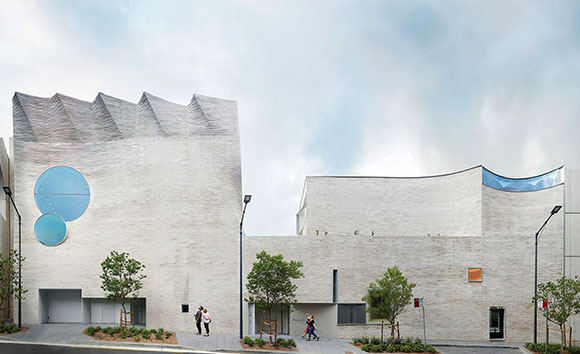#138: GORGEOUS—BUT HOW THE HECK DID THAT GET BUILT?
King Abdullah Petroleum Studies and Research Center, Riyadh, Saudi Arabia, by Zaha Hadid Architects (photo from architizer.com)
Every so often, I see a great design, a building of extraordinary exploration and creativity. Having appreciated the architectural marvel, my first question is this: How did the architect convince the client to build this incredible design? It’s not the bold design concepts with which I am impressed. We all have them, from our early student work to veteran sketches. The challenge is getting said ground-breaking ideas implemented.
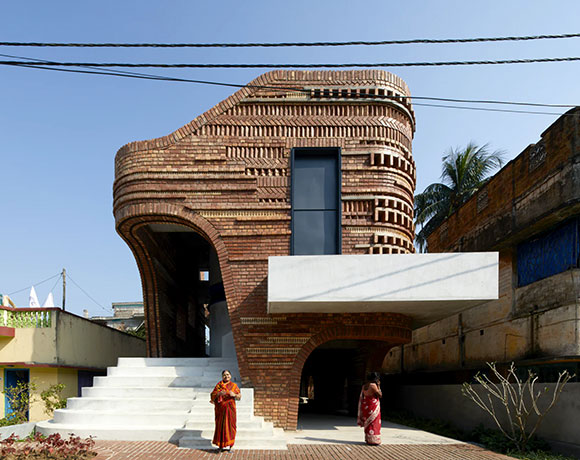
Often, architects generate beautiful designs, even earth-shattering, potentially career-changing ideas. But without a courageous client, a true believer in the architect’s talents, such designs remain pencil lines on paper or digital files in the computer. But big ideas do get built, and I wonder how the successful architect persuades the board of directors. I can’t imagine it goes like this.
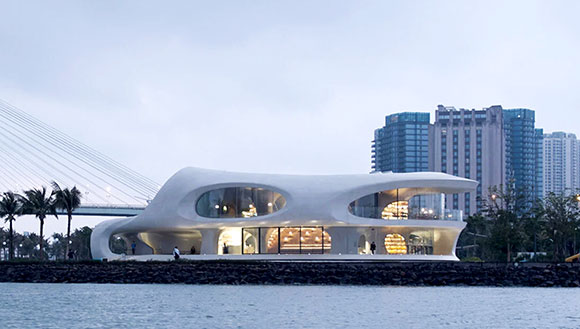
Client, “Love the gorgeous roof design, but how much more will this cost?”
Unfazed Architect, “I would need to double your budget. . . so about $50 million more and an extra year of time.”
Upset Client, “A really creative design, but c’mon, are you insane?!”
Architect with a Grin: “You should really do it. It will be great”
Converted Client: “Uh, okay, I am convinced. Let’s do it!”
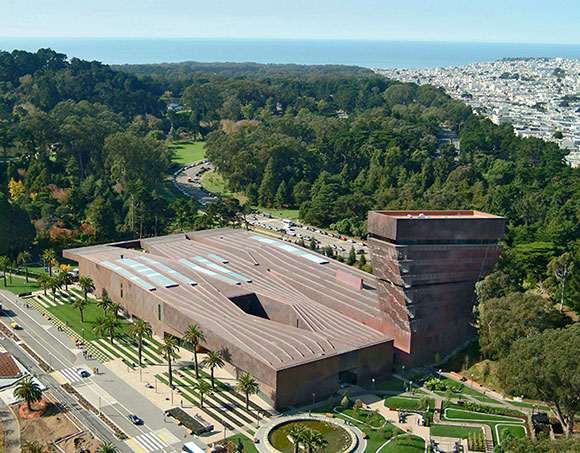
This kind of thing doesn’t really happen, does it? But then, we see these incredible museum designs (here, here, and here), performing art centers, even residential estates—and we see them a lot. Take the example of the de Young Musuem in San Francisco by Swiss architects, Herzog and de Meuron. How the heck did they get their design endorsed by the museum board and stakeholders, as well as the typically conservative community focused more on historical preservation and Victorian dollhouses than groundbreaking Modernism?
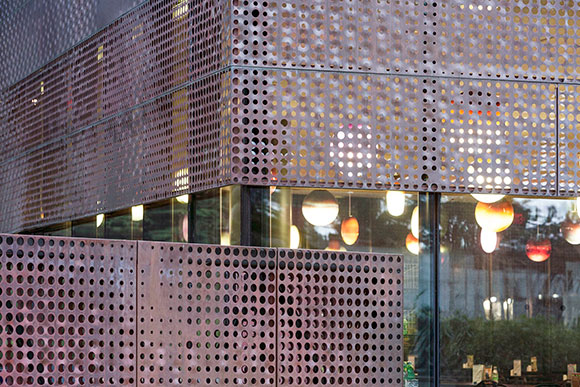
Yes no argument—the design is striking with its custom-perforated, dimpled-copper exterior panels. But how does the client embrace this? What devices of persuasion do the architects use when presenting their warping low-slung building, all covered in murky brown metal from top to bottom, holes and bubbles on the surface, and a twisted contorted observation tower—all set within the idyllic setting of Golden Gate Park? And at $135 million?
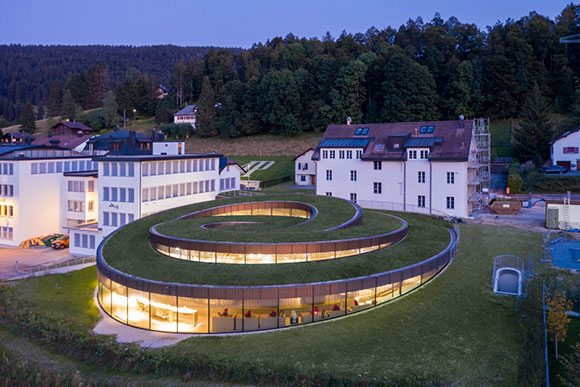
What about the Danish company named BIG? Its fearless leader, Bjarke Ingels, comes up with ideas literally from the pages of comic books. Keep in mind again: We all have exciting fantastical ideas. Yet, BIG gets them all built. These aggressive ambitious designs of Ingels—that usually sit in the back pages of another architect’s sketchbook—are for BIG, constructed in reality.
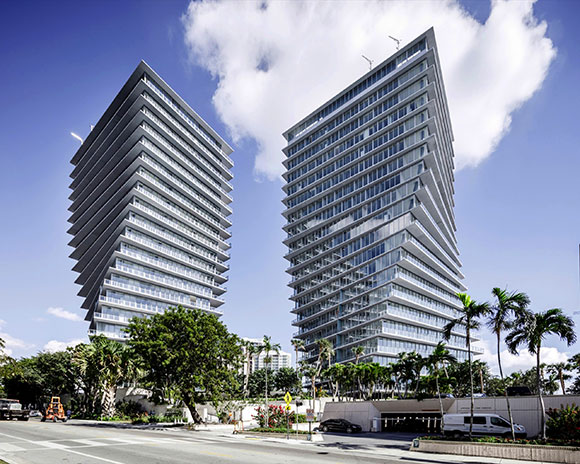
After these design and political hurdles, such a project must also: leap through the permitting agencies; make itself constructible in the real world of labor and materials; and all the other logistical nightmares that even the most modest of architectural projects must endure, i.e.: weather, costs, schedule. Maybe the influence over the client is done through sheer salesmanship and will power, mystique of the genius-artist, or Jedi-mind tricks. I don’t’ know. So if anyone knows the secret, please shine a light for the rest of us.
